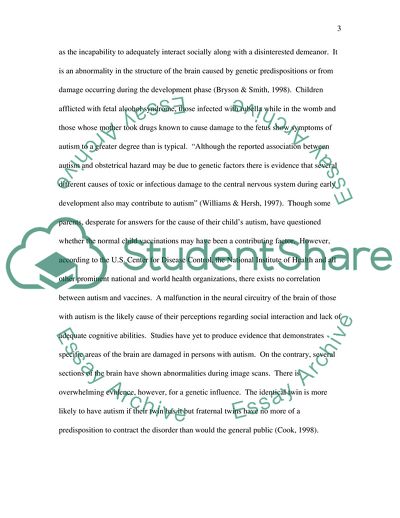Cite this document
(Autism Report Example | Topics and Well Written Essays - 1500 words - 1, n.d.)
Autism Report Example | Topics and Well Written Essays - 1500 words - 1. https://studentshare.org/health-sciences-medicine/1710296-autism
Autism Report Example | Topics and Well Written Essays - 1500 words - 1. https://studentshare.org/health-sciences-medicine/1710296-autism
(Autism Report Example | Topics and Well Written Essays - 1500 Words - 1)
Autism Report Example | Topics and Well Written Essays - 1500 Words - 1. https://studentshare.org/health-sciences-medicine/1710296-autism.
Autism Report Example | Topics and Well Written Essays - 1500 Words - 1. https://studentshare.org/health-sciences-medicine/1710296-autism.
“Autism Report Example | Topics and Well Written Essays - 1500 Words - 1”. https://studentshare.org/health-sciences-medicine/1710296-autism.


